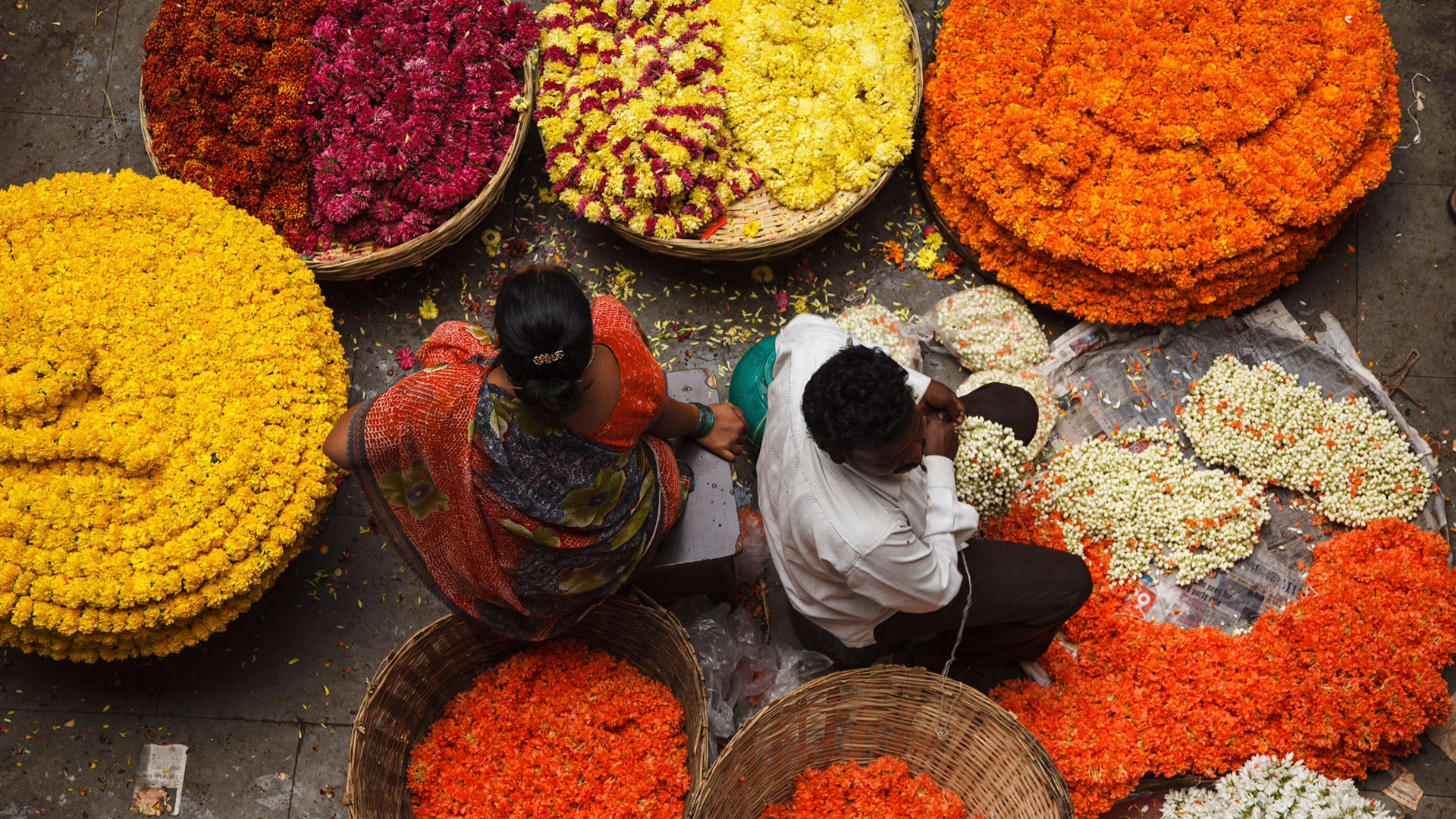
Most Westerners have never heard of Vedanyakam Sastri. He was an Indian Christian who labored for the Lord in his beloved country, India. He was a contemporary of William Carey, who served in South India, and he was discipled by German missionary Christian Friedrich Schwartz. Sastri was a teacher. He was a poet. He was a performer.
As Sastri grew in the faith, he also grew in his love for Tamil poetry with its intricate patterns and plots. He saw an opportunity to tell the Christian story through dramatic poetry. During Lent, Sastri would perform various dramatic renditions of stories, from creation to the return of Jesus, set in traditional Indian poetry styles. These would be used for both discipleship and evangelism as Sastri performed for both Christians and non-Christians.
Sastri wrote The Garland of Prayer, a collection of culturally contextualized songs for worship. He composed poems such as “The Drama of the Crippled Hero of Wisdom,” in which the hero, crippled by sin, dances after being made whole by Christ’s sacrifice and resurrection.
“Sastri was considered the evangelical king of poetry, a craftsman who understood his trade and executed it beautifully to spotlight the stories of Christianity.”
Sastri is best known for the “Bethlehem Kuravanci.” The Kuravanci is a traditional dramatic poem centered around a fortune teller, a bird catcher, a love-struck female, and a great king. In Sastri’s version, the great king called the Lord of Bethlehem is Jesus Christ. The woman is pining for the Lord of Bethlehem but has no hope of ever obtaining his love.
The fortune teller comes to her as the embodiment of faith and proclaims that she will one day be with the Lord of Bethlehem. The rest of the play is spent proclaiming the wonders of the Lord of Bethlehem and showing how the Lord of Bethlehem and the woman end up together through the death and resurrection of the great king.
Sastri was incredibly popular but also highly controversial. Some missionaries were concerned his contextualization went too far. Many missions agencies today might agree. Sastri’s views on the caste system and interreligious dialogue are ambiguous at best. He argued with Western missionaries over things like Bible translation and literary forms. But though he was controversial, we still have much to learn from this Indian missionary poet. Here are three things Sastri’s approach can teach us.
- Sastri recognized the importance of art in his culture and leveraged it for the gospel.
In a time when most evangelicals avoided creative ministry, Sastri recognized the value of using the arts to present stories of the Bible. He understood that Indian people, himself included, loved poetry and drama. He melded his love for Scripture with a passion for the arts in order to speak to Indian hearts in a way that was both understandable and appealing. - Sastri showed diligent adherence to both the biblical material and traditional literary forms.
Sastri not only dabbled in Indian poetry, he mastered it. He was considered the evangelical king of poetry, a craftsman who understood his trade and executed it beautifully to spotlight the stories of Christianity. He did not settle for mediocre but strove for excellence in his craft.
His mastery to form was matched by his biblical fluency. When honoring him for his accomplishments, his congregation said, “He has besides well searched the Old and New Testaments and according to it has compiled fifty-two books containing the system of Christian doctrine sweetly and metrically.”[1] - Sastri is an example of a global Christian learning God’s Word and contextualizing it for his own people.
Sastri desired to find ways for Indians to both hear the gospel message and worship in ways that spoke to their hearts. He did so by learning biblical truths and presenting them in Indian poetry forms. Sastri’s life is not one of a missionary learning a culture to present the gospel, but one of the gospel taking root in the life of a global Christian and overflowing to those around him in the words, meters, and rhymes of traditional poetry.
How might we use Sastri’s lessons in today’s mission fields? We look for opportunities to creatively teach the Bible in forms to which the people will listen. When we find creative ways to share gospel truths, we master both the art form and the biblical passage, ensuring that we are producing a biblically faithful, excellent work. Finally, we encourage global Christians to create indigenous art that flows from their relationship with God and their understanding of the culture.
Anna Daub serves as an assistant for Global Theological Initiatives at Southeastern Baptist Theological Seminary.
Sources
[1] D. V. Devanesan, Tancai Vetanayakam Castiriyar. (Madras: Christian Literature Society, 1947) as translated in Indira Viswanathan Peterson, “Between Print and Performance: The Tamil Christian Poems of Vedanayaka Sastri and the Literary Cultures of Nineteenth-Century South India.” India’s Literary History: Essays on the Nineteenth Century, ed. Stuart Blackburn and Vasudham Dalmia, (Delhi: Permanent Black, 2003), 31.
Hudson, D. Dennis. Protestant Origins in India: Tamil Evangelical Christians, 1706-1835. Studies in the History of Christian Missions. Grand Rapids, MI: William B. Eerdmans Publishers, 2000.
Neill, Stephen. A History of Christianity in India, 1707-1858. Cambridge: Cambridge University Press, 1985.
Peterson, Indira Viswanathan. “Between Print and Performance: The Tamil Christian Poems of Vedanayaka Sastri and the Literary Cultures of Nineteenth-Century South India.” India’s Literary History: Essays on the Nineteenth Century, ed. Stuart Blackburn and Vasudham Dalmia, Delhi: Permanent Black, 2004.

